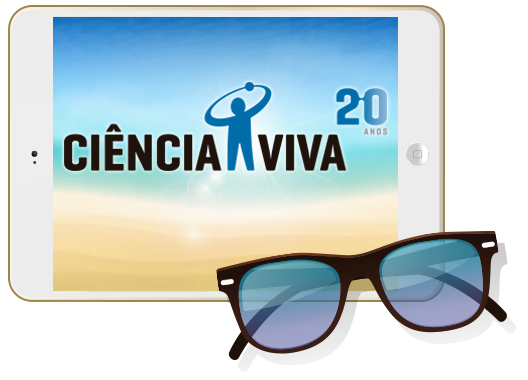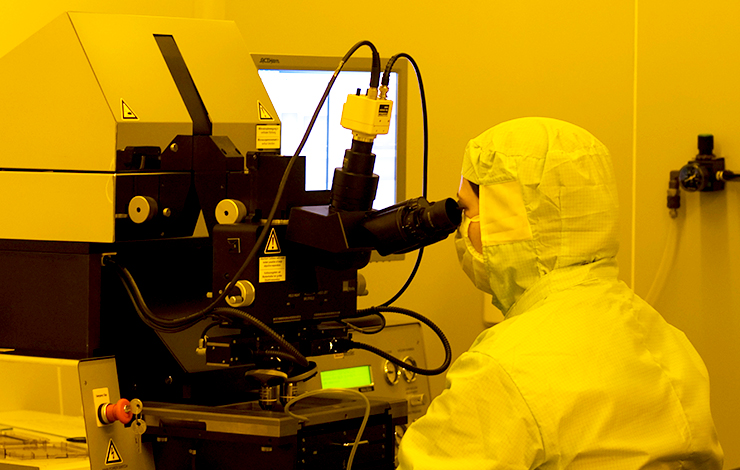


Residual stress analysis in laser welded NiTi sheets using synchrotron X-ray diffraction
| Title | Residual stress analysis in laser welded NiTi sheets using synchrotron X-ray diffraction |
| Publication Type | Journal Article |
| Year of Publication | 2016 |
| Authors | Oliveira JP a, Fernandes FMB a, Miranda RM b, Schell N c, Ocaña JL d |
| Journal | Materials and Design |
| Volume | 100 |
| Pagination | 180-187 |
| ISSN | 02641275 |
| Keywords | Base material, Cold rolling, Corrosion, Fusion zones, Heat affected zone, Laser beam welding, Longitudinal direction, Metal cladding, NiTi shape memory alloys, Residual stresses, Rietveld refinement, Shape memory effect, Solid state transformations, Stress analysis, Stress relief, Stress state, Synchrotron radiation, Synchrotron x ray diffraction, Synchrotrons, Transversal directions, Welding, Welds, X ray diffraction |
| Abstract | Synchrotron radiation was used for fine probing the different regions of a laser welded NiTi joint. Measurements were taken at 0.2 mm intervals, starting in the non-thermal affected material, through the heat affected zone, the fusion zone and again across the heat affected zone finishing in the base material. Along the longitudinal direction the residual stresses were found to be always tensile in the heat affected and fusion zones; along the transversal direction, an inversion of the stress states was found. The magnitude of the residual stresses was found to be more significant in the transversal direction due to constraints imposed during welding. The heat introduced during welding has a stress relief effect on the cold-rolled base material, although it does not promote any solid-state transformation. The effect of the heat input on the residual stress pattern and magnitude was identified and it was seen that high heat input leads to a higher magnitude of the residual stresses in the weld and the stress relief effect is observed over a larger extension from the weld centerline. This paper presents the first experimental study on the determination of residual stresses on laser welded NiTi shape memory alloys. © 2016 Elsevier Ltd. |
| URL | https://www.scopus.com/inward/record.uri?eid=2-s2.0-84962165960&doi=10.1016%2fj.matdes.2016.03.137&partnerID=40&md5=9c39e438ab315e4302ba9dd3673234e7 |
| DOI | 10.1016/j.matdes.2016.03.137 |








